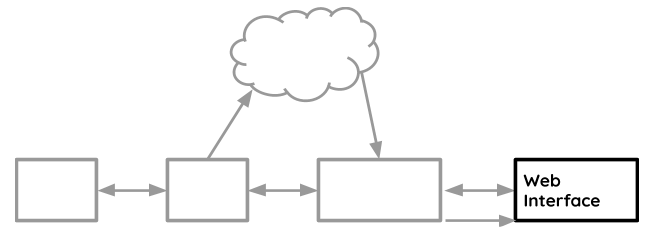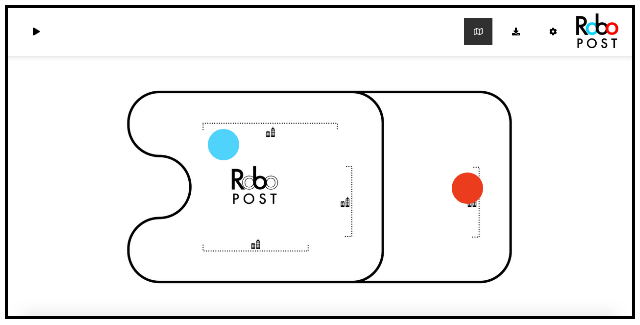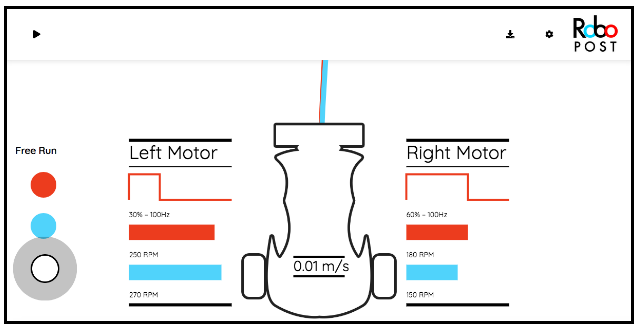-
Notifications
You must be signed in to change notification settings - Fork 0
Web
Daniel Walnut edited this page Jul 28, 2018
·
2 revisions

As mentioned before, the Node.js Application acts as a middle-man between the Robot and the Web Interface. In the previous section, its functionality as a TCP client was covered.
In order for this to be a true middle-man between the two, it needs to:
- Host the web interface, so that it is accessible from a web browser
- Be able to stream the measurements data with a high speed connection to enable real-time streaming.
Therefore, the Node.js Application will also act as a:
- HTTP Server, to host the web interface
- WebSocket Server, to perform real-time streaming. WebSockets was used because it is the fastest network communication API available for a Web Browser.

The Web Interface is a Human Machine Interface between the Robot and the user.
Features include:
- Remote Start Stop Button
- Stations addressing through an intuitive drag-and-drop map
- Robot tuning through many sliders in a settings panel
- Choice of destination
- Real-time graphical measurements display, for maximum intuitiveness
- Exporting of Robot data to a CSV spreadsheet.
In order to keep the development of the interface organized, an MVC model (Model-View-Controller) was used as a basic software structure.
The interface is shown below:

